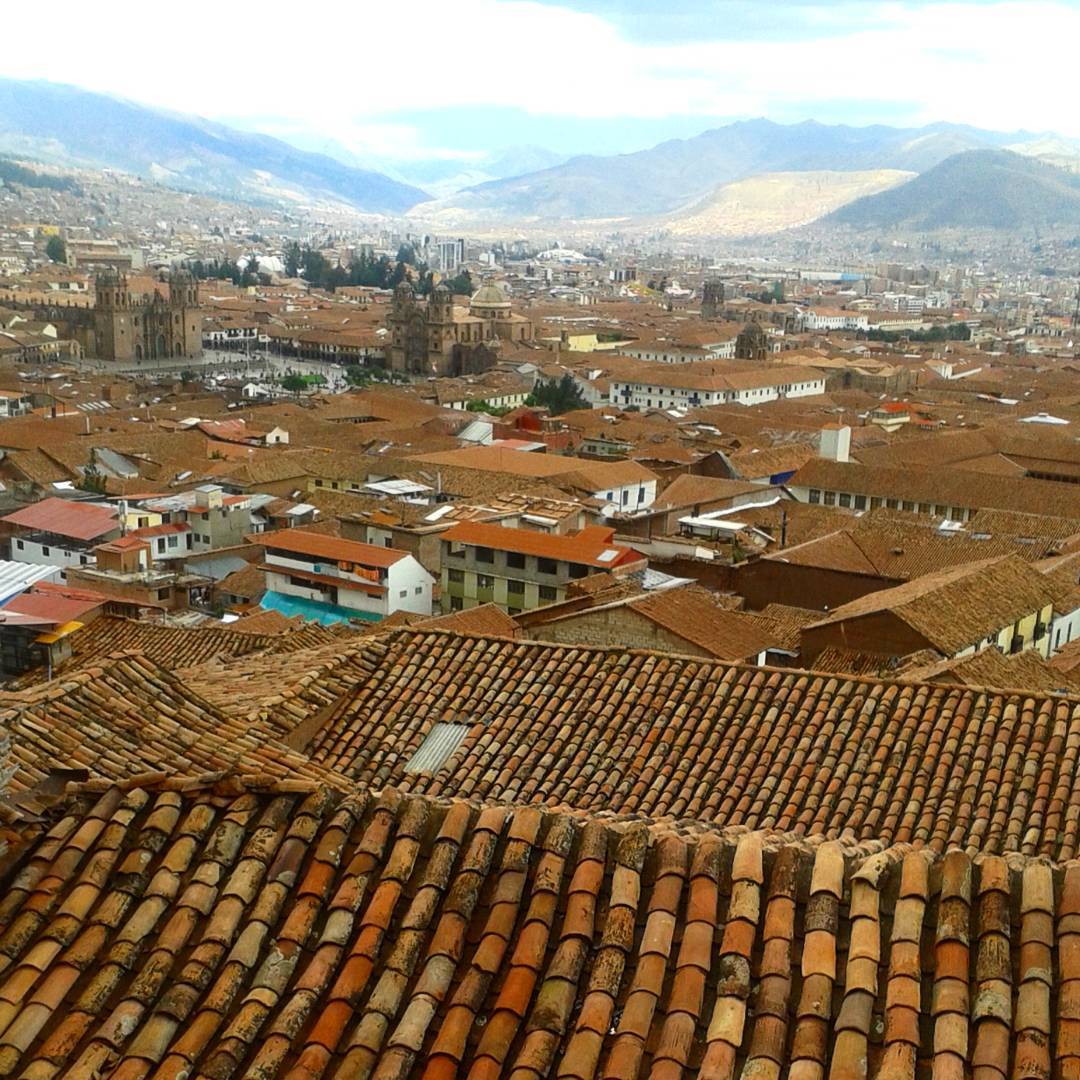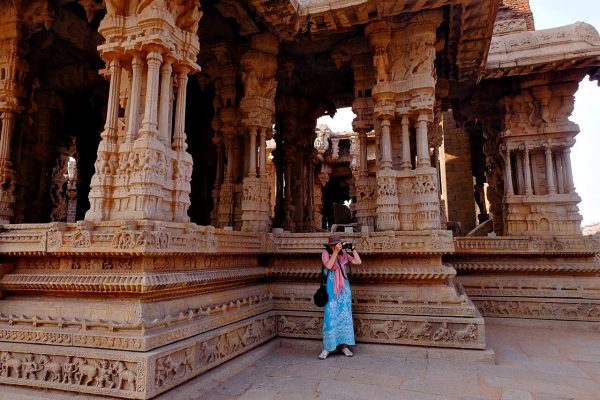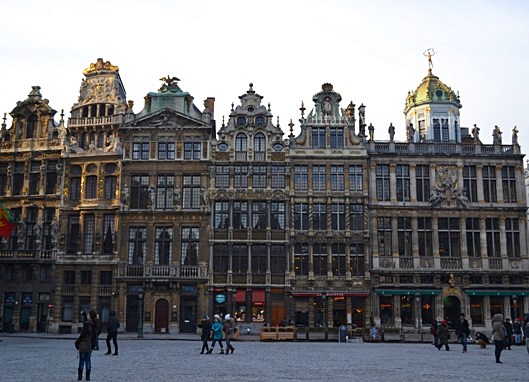
This website uses cookies so that we can provide you with the best user experience possible. Cookie information is stored in your browser and performs functions such as recognising you when you return to our website and helping our team to understand which sections of the website you find most interesting and useful.

















14 Comments. Leave new
I have always wanted to go to Machu Picchu, but I have to admit I don’t know much about Cusco. It looks like a great place to explore. Hopefully I’ll make it there soon.
I feel like I did Cusco right because I did all the same things on your list! It’s such a beautiful town! I love it! Did you have cuy in Cusco? That was my daring eat while in Peru. I also had a bite of llama steak. I definitely took advantage of the coca tea. I didn’t like the leaf chewing, but I drank a lot of the tea. It seemed to help since I had flown in from Lima at sea level. Great guide!
Peru is also in my travel plans! I’ve always wanted to go to Machu Picchu. I plan on going to South America within the next 5 years – I’m just saving up for the trip. 🙂
I’ve never been to Peru but I’ve heard so many good things about it. I’m really wanting to go soon. The nature looks amazing and I hear the food is good also.
I’ve been eyeing this place but I seem to be free whenever it is “not the best time” to go but someday it should work for me. Culture shock? It happens in a lot of places but I guess part of traveling ? It’s good to know it’s not much of a problem within the city.
Great overview of Cusco. It has become such a big destination since it is the launching pad for Machu Picchu, but has a lot to offer visitors itself. Good tips on altitude sickness too. I’ve experienced it before up in the Rockies west of Denver, and it is certainly no fun especially if someone is planning to make the trek towards Machu Picchu.
I have only been to Lima in Peru and really enjoyed it there. I would love to see
Machu Picchu one day. Cusco looks like s beautiful city visit. You have lots of great essential information too, I had no idea chewing on coca leaves helps with altitude sickness.
Still working on the “right time” and “right circumstance” to travel to Peru. Itching to see it – all of it!
Great list! I spent a week in Cusco and wished to have stayed longer. There is so much to see, also in the nearby regions. And it definitely takes a couple of days to adjust to the altitude itself.
Cusco just blew me away. I loved everything about it Aleah and can understand completely why you would be happy to spend months there.
I was lucky that the only problem I had with altitude was some shortness of breath which was a positive in that it made me stop regularly not only to catch my breath but also to really take in my surroundings.
It was just wandering through the backstreets that I loved. In one little street I found a tiny bakery that made the perfect donut filled to exploding with liquid gold… or dulce de leche to be more precise.
Good tips Aleah! I got sick in Cusco but it was food poisoning, although the altitude got to me too 😉 Loved the place. I stayed about 3 miles outside of the Plaza de Armas so it was all Spanish, all the time. I do speak some espanol so this gringo did A-OK among the locals. I enjoyed the experience, snapping gorgeous shots of the Andes, seeing large vultures circling the mountains, watching women sell goods with babies strapped to their backs.
“Sexy woman” made me laugh (sorry, juvenile humour!) but Cusco looks awesome. I would definitely take a stroll around these markets and the Plaza de Armas. Well done you for hiking to Machu Picchu solo. We hope to make it next year so have also pinned your post, thanks for sharing!
My husband has only great things to say about his time visiting Cusco, and he used your trick for combating the altitude sickness and it really helped! I would love to see it all. The Plaza de Armas is a place I could easily wander, and I like the idea of hopping on a bus tour to see more of the city. Between the architecture, culture and history, I can see myself being as fascinated as you were. Thanks for sharing!
What an amazing visit. I love Peruvian food, but I suspect I’d probably get too caught up in the architecture to do much other than check that out! It does look like the kind of place where you want to stay longer…